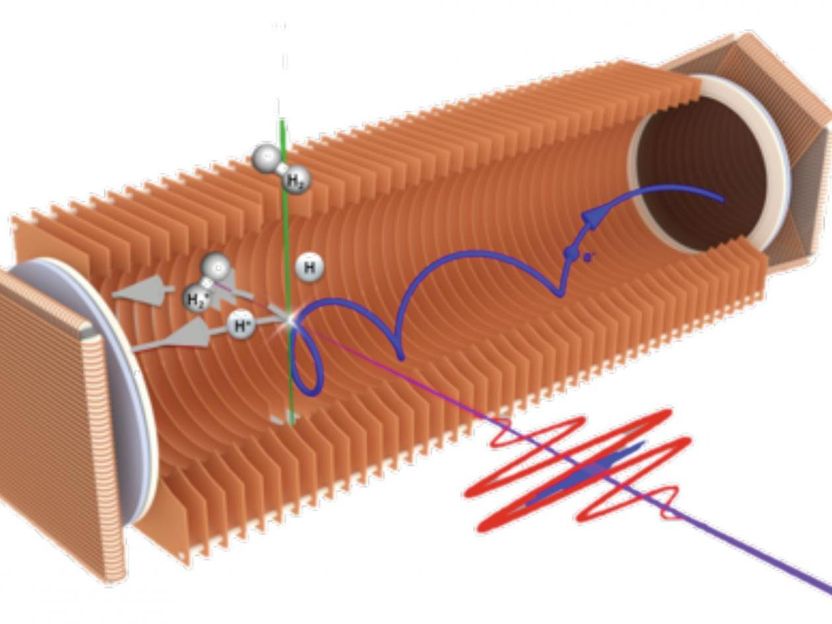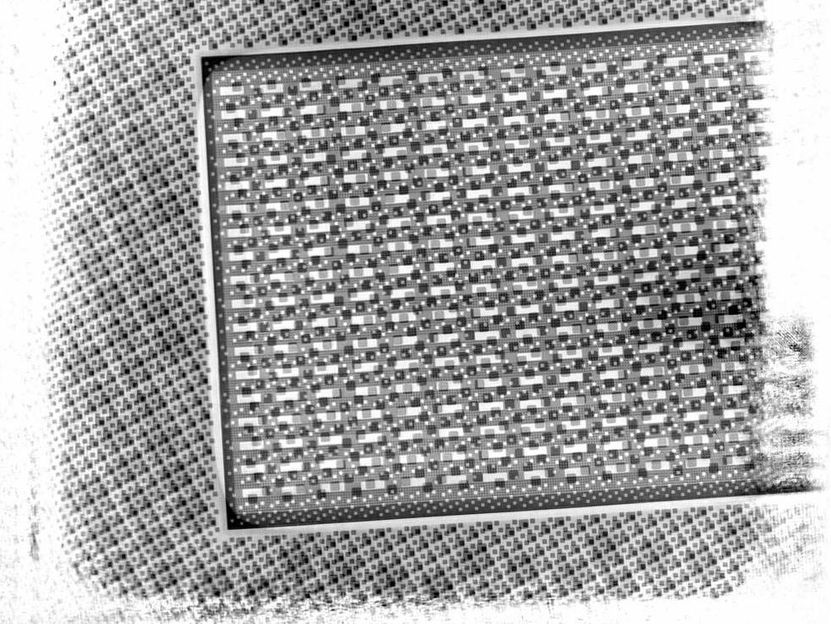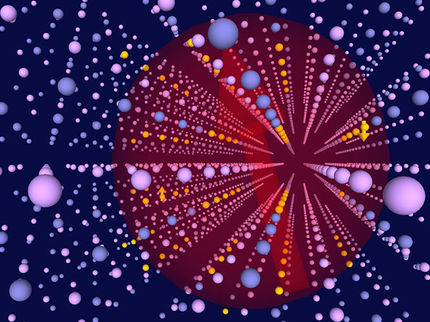When nuclei catch up with electrons
Understanding the dynamics of quantum-mechanical systems on their natural time scale is the main goal in attosecond science. Among the most interesting systems to investigate are molecules, which have a very high degree of complexity, in particular when compared to atomic systems. So far, the few attosecond experiments performed on molecules have provided valuable insight into electron dynamics. In these studies, the dynamics of the nuclei around which the electrons evolve was assumed to be 'frozen', given that nuclei are much heavier than electrons and therefore move more slowly. However, even in the attosecond time regime, the approximation that electronic and nuclear motion are decoupled from one another is often not justified. In particular in molecules composed of light atomic species, the nuclear motion can be as fast as electron dynamics, resulting in a strong coupling between the two.

In the AttoCOLTRIMS apparatus, the three-dimensional motion of electrons (blue elliptical arrow) and ions (H2+ and H+, grey arrows) can be detected in coincidence. The combination of an extreme-ultraviolet (XUV, blue) and a long and rather weak infrared (IR, red) pulse in a pump-probe set-up provides the basis for studying the attosecond dynamics of the H2 molecule.
Ultrafast Laser Physics group, ETH Zurich
A team led by Dr. Laura Cattaneo and Prof. Ursula Keller in the Department of Physics at ETH Zurich has now studied the lightest and smallest of all molecules, H2, and explored what happens when nuclear and electronic motion happen on a comparable time scale. As they report they found that in molecules ionization delays --- the time between the absorption of a photon and the emission of an electron during photoionization --- can significantly depend on the kinetic energy of both the photoelectron and the nuclei. This finding extends the concept of ionization delays introduced for atomic systems. Variations of ionization delays with the nuclear kinetic energy can be as large as variations with the electronic kinetic energy. This implies that whenever light atoms are involved in the molecular ionization process, the outgoing electron wave packet cannot be disentangled from the nuclear wave packet.
These measurements at the attosecond time scale are based on an experimental approach developed earlier in the Keller group. In the so-called AttoCOLTRIMS apparatus (see the figure) attosecond metrology is combined with the imaging technique COLTRIMS, in which the correlated properties of the fragments of a molecular reaction can be recorded. This experimental capability was combined with nearly exact ab initio theory, performed by collaborators at the Universidad Autonoma de Madrid (Spain), to describe both electronic and nuclear motions, as well the coupling between them.
The significance of this work goes well beyond the simple H2 molecule studied. Hydrogen atoms are present in most organic and biologically relevant molecules. Understanding the effects and contributions from coupled electron and nuclear dynamics present in such systems should therefore provide fundamental insight that will be important in various fields of research.
Original publication
Other news from the department science

Get the chemical industry in your inbox
By submitting this form you agree that LUMITOS AG will send you the newsletter(s) selected above by email. Your data will not be passed on to third parties. Your data will be stored and processed in accordance with our data protection regulations. LUMITOS may contact you by email for the purpose of advertising or market and opinion surveys. You can revoke your consent at any time without giving reasons to LUMITOS AG, Ernst-Augustin-Str. 2, 12489 Berlin, Germany or by e-mail at revoke@lumitos.com with effect for the future. In addition, each email contains a link to unsubscribe from the corresponding newsletter.
Most read news
More news from our other portals
Last viewed contents
Lyonsite
Arctite

High-speed imaging of microchips - Novel method enables fast X-ray scans of large objects with nanometre resolution
High_Production_Volume_Chemicals_Programme
BASF and SINOPEC sign Memorandum of Understanding to explore building a world-scale isononanol plant
Category:EC_4.1.99
Courtaulds
Cerebral_aneurysm
Recycling
Category:Sugar
Allylic_rearrangement




























































